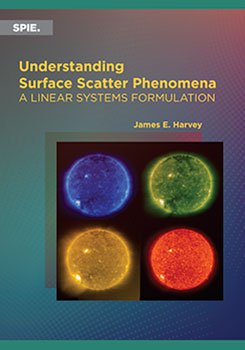|
|
|
|
CITATIONS
Cited by 2 scholarly publications.
Data modeling
Scattering
Light scattering
Diffraction
Systems modeling
Bidirectional reflectance transmission function
Diffraction gratings


